Composers / Fryderyk Chopin / Places catalog
Żelazowa Wola
The village of Żelazowa Wola lies on the banks of the Utrata, right next to Kampinos Forest, 3 km south-east of Sochaczew. The first attested owners of the area are Piotr Żelazo and his brother Paweł (late sixteenth-century sources). Żelazowa Wola then passed to the Paprocki and later the Łuszczewski families. It was from Piotr Łuszczewski, a Sochaczew judge and royal chamberlain, that Countess Ludwika Skarbek (née Fenger) purchased it in 1798.
In 1802, the countess employed Mikołaj (Nicolas) Chopin, a Frenchman who had been living in Poland for fifteen years, as a tutor for her children. At the same time, she was running the manor with the assistance of a poor noblewoman named Justyna Krzyżanowska, so Fryderyk Chopin’s future parents most likely met at Żelazowa Wola. Justyna and Mikołaj were married in the nearby Brochów church on 28 June 1806 and moved into an outbuilding of the manor house (which no longer exists). It was in this outbuilding that Fryderyk Franciszek Chopin, Mikołaj and Justyna’s second child and Poland’s greatest composer, entered the world (Fryderyk’s elder sister, Ludwika, was born in Warsaw in 1807). After that, the family only lived in Żelazowa Wola for a few more months. In the autumn, they moved to Warsaw, as Mikołaj was due to commence work as a French teacher at the Warsaw Lyceum in October. The Chopins nevertheless remained in contact with the Skarbeks and visited them in Żelazowa Wola whenever circumstances allowed. Ludwika’s wedding to Kalasanty Jędrzejewicz was also held there, in 1832.
Chopin is known to have visited his birthplace several times, but given the close relationship between the Chopins and the Skarbeks, we can say with a high degree of certainty that the composer and his family visited Żelazowa Wola far more frequently. Chopin probably stayed on the Skarbek estate in the summer of 1823. He definitely spent Christmas 1825 and New Year 1826 there with Ludwika. It is evident that the composer really liked to visit his birthplace from a letter he wrote to Jan Białobłocki: ‘You wouldn’t guess this either, therefore I must tell you, that I write just having alighted from the britzka, as I sit down to Christmas Eve Supper. Fate would have it, and even though Mama didn’t wish at all to permit me to go, nonetheless nothing could be done about it, and both Ludwika and I are in Żelazowa Wola’. Chopin last visited his place of birth in the summer of 1830. When he got back from Poturzyn, he spent a few days in Warsaw before joining his family, who had been staying with the Skarbeks, in Żelazowa Wola.
Visiting the Skarbeks was an opportunity for the composer to make music. It is not known precisely what kind of keyboard instrument the owners made available, but it was taken out into the garden, where Chopin could indulge in music making.
Ownership of Żelazowa Wola passed to the countess’s sons Fryderyk, in 1818, and Michał (who committed suicide, in 1834), in 1825. The following owners were Franciszek Kwiatowski (to whom Michał Skarbek left it in his will), Józef Wiśniewski (until 1842), Henryk Peszl (until 1856) and then Paweł Jaworski. From 1859 to 1878, the estate was owned by Adam Towiański, son of the famous philosopher Andrzej Towiański. Towiański planned to renovate the outbuilding where Chopin was born and set up a place devoted to the composer’s memory.
In 1879, the property came into the hands of Aleksander Pawłowski. In 1891, Chopin’s birthplace was visited by the Russian composer and pianist Mily Balakirev, who was taken aback by its poor state. He gave an interview, published in the press, that opened up a public discussion about the future of Żelazowa Wola. The matter began to attract the attention of Warsaw’s artistic circles. Through the efforts of Balakirev and the Warsaw Music Society, the first monument to Chopin on Polish soil was unveiled in Żelazowa Wola in 1894, and the western outbuilding of the estate was furnished as a museum.
The building and the park eventually came to be privately owned. Rebuilding and renovating the western outbuilding began in 1930, and work began on a newly designed park in 1933–1939. The latter was supervised by Franciszek Krzywda-Polkowski, a pioneer in landscape architecture in Poland.
During the Second World War, the interior of the outbuilding and the exhibits inside were severely damaged. After the war, in 1945, the Temporary Committee for the Care of Chopin's Home at Żelazowa Wola was set up. Shortly afterwards, its functions were taken over by the Fryderyk Chopin Institute, and work on renovating the building and recreating the gardens was recommenced. The building was filled with period items that had never belonged to the Chopins. On the centenary of Chopin’s death, in 1949, a ceremony was held to inaugurate these exhibits. Chopin’s home in Żelazowa Wola was managed by the National Museum from 1950 and by the Fryderyk Chopin Society from 1953. On 1 August 2005, this role was assumed by the Fryderyk Chopin Institute.
Chopin’s birthplace was once more renovated and reopened to the public on 7 May 2010, to celebrate the bicentenary of the composer’s birth. The building was renovated and a new museum exhibition arranged. The park acquired new plants, an irrigation system and lighting, as well as a sound system enabling people to listen to recitals while walking along the pathways. New buildings were also erected in the park. These include a shop selling books, CDs and mementoes of the composer, a cinema, a temporary exhibition hall and a restaurant.
Since 1954, piano recitals featuring the works of Chopin have been held at Żelazowa Wola from the first Sunday in May until the last Sunday in September. These were initiated by the outstanding Polish pianist Zbigniew Drzewiecki. Since 2006, brilliant young pianists have also been showcased here during the same period (May to September), as part of the ‘Musical Presentations’ series.
-

Chopin monument and manor. Phot. Krzysztof Wojciechowski.
-
.jpg)
Chopin monument. Phot. Czeslaw Czapliński.
-
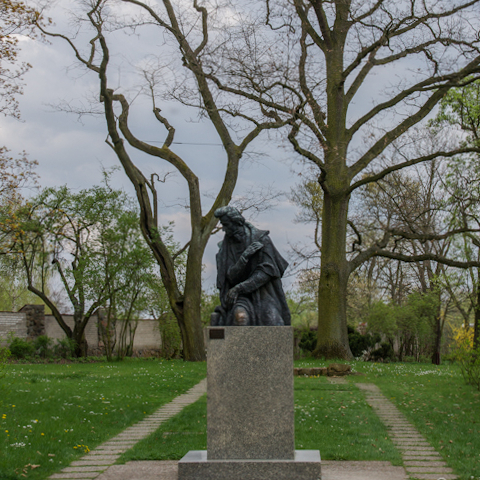
Chopin monument. Phot. Małgorzata Byczkowska.
-

Chopin monument. Phot. Małgorzata Byczkowska.
-
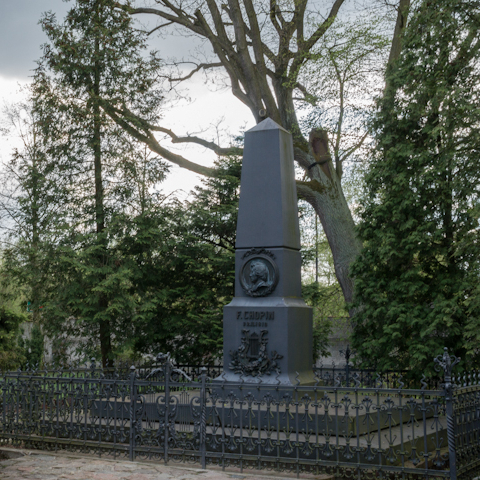
Chopin obelisk. Phot. Małgorzata Byczkowska.
-
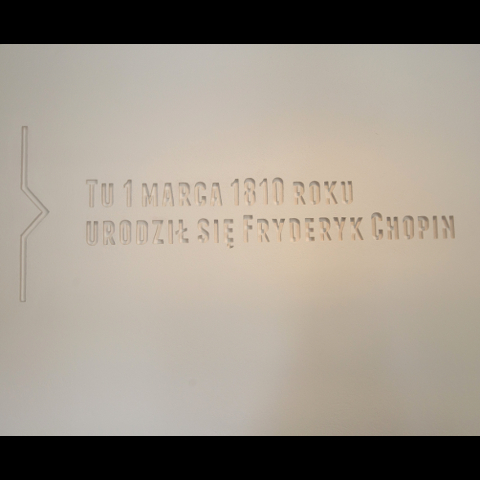
Interior of the manor, new exhibition. Phot. Waldemar Kielichowski.
-
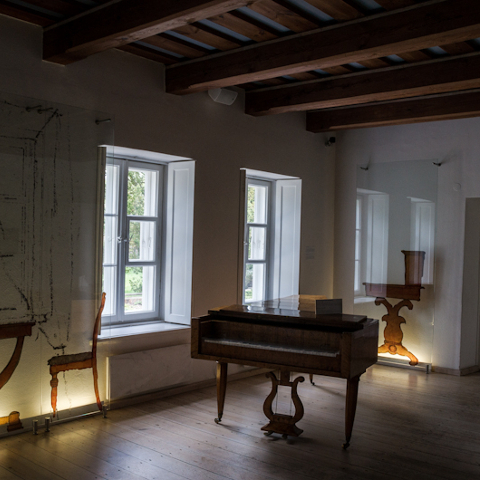
Interior of the manor. Phot. Małgorzata Byczkowska.
-

Żelazowa Wola manor. Phot. Małgorzata Byczkowska.
-
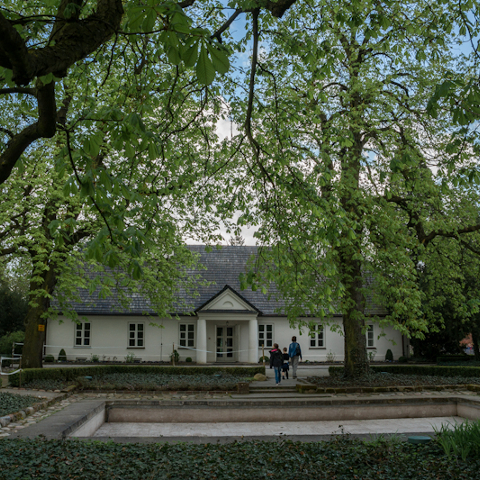
Żelazowa Wola manor. Phot. Małgorzata Byczkowska.